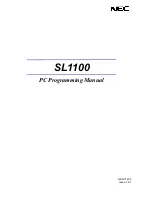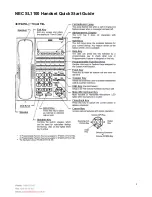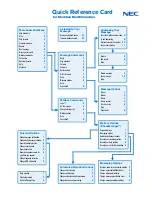
Cisco Unified Survivable Remote Site Telephony Feature Roadmap
Information About New Features in Cisco Unified SRST
54
Cisco Unified SCCP and SIP SRST System Administrator Guide
OL-13143-04
Consultative Call Transfer and Forward Using H.450.2 and H.450.3 for SCCP Phones
Cisco SRST V1.0, Cisco SRST V2.0, and Cisco SRST V2.1 allow blind call transfers and blind call
forwarding. Blind calls do not give transferring and forwarding parties the ability to announce or consult
with destination parties. These three versions of Cisco SRST use a Cisco SRST proprietary mechanism
to perform blind transfers. Cisco SRST V3.0 adds the ability to perform call transfers with consultation
using the ITU-T H.450.2 (H.450.2) standard and call forwarding using the ITU-T H.450.3 (H.450.3)
standard for H.323 calls.
Cisco SRST V3.0 provides support for IP phones to initiate call transfer and forwarding with H.450.2
and H.450.3 by using the default session application. The built-in H.450.2 and H.450.3 support that is
provided by the default session application applies to call transfers and call forwarding initiated by IP
phones, regardless of the PSTN interface type.
Note
All voice gateway routers in the VoIP network must support H.450. For H.450 support, routers with
Cisco SRST must run either Cisco SRST V3.0 and higher versions or Cisco IOS Release 12.2(15)ZJ and
later releases. Routers without Cisco SRST must run either Cisco SRST V2.1 and higher versions or
Cisco IOS Release 12.2(11)YT and later releases. SIP phones does not support this feature.
For more information about the default session application, see the
Default Session Application
Enhancements
document.
For configuration information, see the
“Enabling Consultative Call Transfer and Forward Using H.450.2
and H.450.3 with Cisco SRST 3.0” section on page 148
.
Customized System Message for Cisco Unified IP Phones
The display message that appears on Cisco Unified IP Phone 7905G, Cisco Unified IP Phone 7940G,
Cisco Unified IP Phone 7960G, and Cisco Unified IP Phone 7910 units when they are in fallback mode
can be customized. The new
system message
command allows you to edit these display messages on a
per-router basis. The custom system message feature supports English only.
For further information, see the
“Configuring Customized System Messages for Cisco Unified IP
Phones” section on page 94
.
Dual-Line Mode
A new keyword that was added to the
max-dn
command
allows you to set IP phones to dual-line mode.
Each dual-line IP phone must have one voice port and two channels to handle two independent calls.
This mode enables call waiting, call transfer, and conference functions on a single ephone-dn (ephone
directory number). There is a maximum number of DNs available during Cisco SRST fallback. The
max-dn
command affects all IP phones on a Cisco SRST router.
For configuration information, see the
“Configuring Dual-Line Phones” section on page 96
.
E1 R2 Signaling Support
Cisco SRST V3.0 supports E1 R2 signaling. R2 signaling is an international signaling standard that is
common to channelized E1 networks; however, there is no single signaling standard for R2. The ITU-T
Q.400-Q.490 recommendation defines R2, but a number of countries and geographic regions implement
R2 in entirely different ways. Cisco Systems addresses this challenge by supporting many localized
implementations of R2 signaling in its Cisco IOS software.
















































